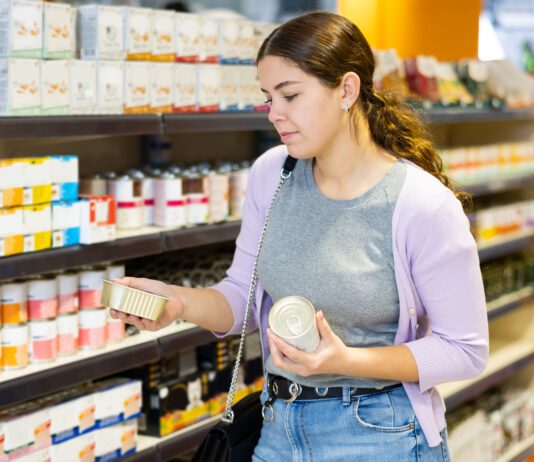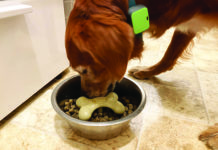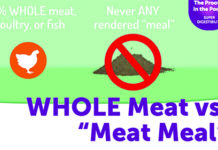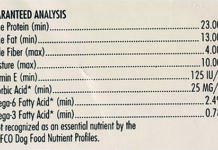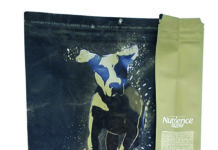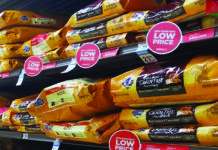Can Dogs Eat Oranges?
We want the best not only for ourselves but for our pups too. If oranges have benefits for humans, it’s natural to wonder if they can help our pets stay safe, healthy and prolong their lives. But not everything humans eat is safe for dogs.
Savor The Flavor: Slow Feeder Device Test
Can your dog make an entire bowl of food disappear faster than you can say, “Bon appétit?” Has he ever inhaled a bowl of...
The Right Way to Feed Treats to Your Dog
Treat me right.
The Many Benefits Of Pumpkin
Here are a few things to keep in mind before feeding your dog pumpkin.
Which Type of Dog Food is Best?
What kind of dog food is best? Is canned food healthier than kibble? Does a homemade dog food diet require as much work as it appears to? Whole Dog Journal developed a very comprehensive pros and cons chart for various dog food options you may be considering. Remember: no one dog food is best for all dogs! Consider your dog's lifestyle and needs and use this chart to help you decide what kind of food your dog should eat.
How Much Should You Feed Your Dog?
A year or so ago, I was taking pictures at a “teen dog social,” which was attended by some 6-month-old dogs I had last...
Dog Food Manufacturers
Many of you are already aware that some pet food companies own and operate their own manufacturing facilities and some of them do not....
Meat and Meat Meal: Sorting Through Animal Protein Sources
A few years ago, we added a new column to the chart full of information that we publish in our annual “approved dry dog...
Understanding the “Guaranteed Analysis (GA)”
The guaranteed analysis (GA) is a highly regulated part of a pet food label, and the facts printed there are subject to surveillance and...
How to Shop Dog Food Labels
Alright! You’re in the pet supply store, armed with information about what you have been feeding your dog. You know which nutritional adequacy (AAFCO)...
In the Fine Print: Nutritional Adequacy Statements
It’s bizarre, but one of the most important things on a pet food label is often in the tiniest print: the nutritional adequacy statement,...
Rotation, Rotation, Rotation: Choose Several Dog Foods
You may have not noticed, but we’ve been using the words “foods” and “products” in the text above. We strongly encourage owners to rotate...


